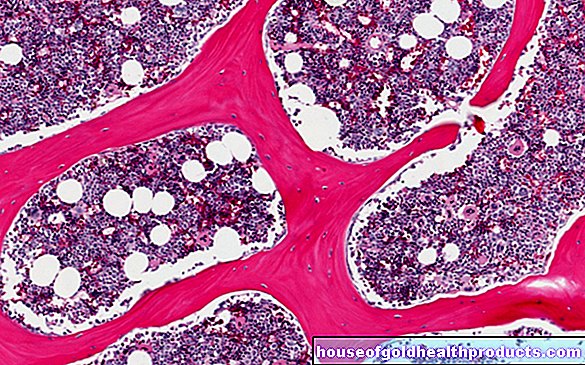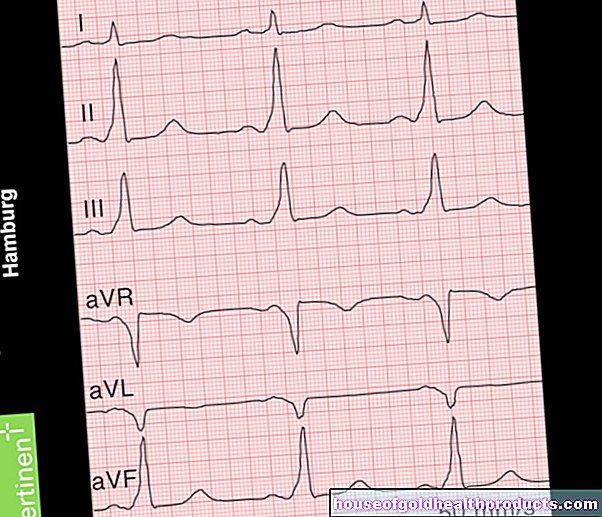Pain relievers during childbirth
All content is checked by medical journalists.Antispasmodic, PDA, buttock pain injection: There are various ways to relieve birth pains with medication. Find out more about the benefits and risks of various pain relievers during childbirth here!
Different methods of pain relief
Most women find childbirth very painful. In the preparatory courses and also during the birth, the midwife instructs the expectant mother in the correct breathing techniques. These help to cope with the pain in labor without cramping because otherwise the birth canal could become blocked.
If a woman is no longer able to cope with other supportive measures such as acupuncture, homeopathy, aromatherapy and relaxing baths, or if she would like to get something to relieve the pain from the outset, there are several options for medication-based pain relief. The woman giving birth decides for herself what she wants. The midwife and doctor can only explain the benefits and side effects to her.
Relaxants
So-called spasmolytics can be administered to the expectant mother as a suppository or as an infusion. They have an antispasmodic effect, which helps the cervix to open. Spasmolytics can be given several times and usually do not cause any side effects in the child.
Pain injection into the gluteal muscle
Usually opiates are administered, i.e. derivatives of morphine. These strong painkillers are especially useful in the opening period - they have an analgesic and calming effect. The resulting relaxation effect makes it easier to open the cervix.
But there is also a disadvantage: Opiates suppress (albeit rarely) the respiratory drive in pregnant women - and also in newborns if the medication that has passed over has not yet been broken down. In rare cases, an antidote must then be injected under the skin of the newborn. It instantly returns breathing to normal.
Epidural anesthesia (PDA)
A PDA (epidural anesthesia) can be particularly helpful in the case of severe labor pains and long labor. Other indications for the PDA during labor induction are, for example, pregnancy-related high blood pressure (preeclampsia), planned surgical deliveries (e.g. if the pregnant woman should not actively press because of other illnesses) or breech births in order to reduce the urge to press during the expulsion phase. A PDA is also often recommended for twin deliveries or premature births.
A PDA is usually placed by the anesthetist: after local anesthesia and disinfection, he carefully inserts a thin tube (catheter) into the so-called epidural space (area around the spinal membrane) on the spine using a needle. A local anesthetic (local anesthetic) is administered to the pregnant woman continuously or if necessary via this catheter, which can remain in place for a longer period of time. During the PDA, the pregnant woman's circulation is monitored and the care of the unborn child is checked by means of a CTG ("contraceptive recorder").
Potential Risks of PDA: Inserting the catheter rarely causes infections or injuries to the spinal cord. It happens more often that the expectant mother's blood pressure drops. She then receives infusions to support her circulatory system. As a result of the PDA, headaches and urination disorders can also occur.
Spinal anesthesia
The spinal anesthesia is done before a caesarean section and is similar to the epidural. However, the anesthetist injects the local anesthetic directly into the spinal canal and then immediately removes the needle. The analgesic effect occurs here more quickly than with the PDA.
Some women complain of headaches after spinal anesthesia.
Nerve block (pudendal block)
The pudendus block is no longer performed in all clinics today. Shortly before the start of the pressing phase, the pregnant woman is injected with a local anesthetic at a specific point on the pelvic floor. As a result, the pelvic floor relaxes and becomes pain-free. This form of pain therapy can be used, for example, before forceps or suction bell deliveries and before the perineal incision.
Complications can arise if the pain medication is accidentally injected directly into a blood vessel. There may also be bruises in the vaginal wall. Such a hematoma very rarely has to be removed surgically. In even rarer cases, infections and abscess formation can occur.
Local anesthesia in the perineal incision area
The anesthetist injects a local anesthetic into the tissue in the perineal area. The perineal incision and its subsequent care (sewing) are then hardly or not at all painful for the woman.
Here, too, it can accidentally happen that the local anesthetic is injected directly into a vessel.
Tags: eyes laboratory values desire to have children



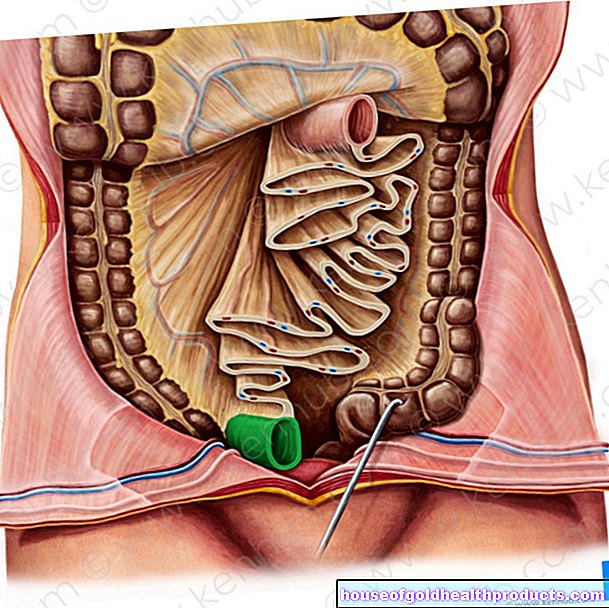

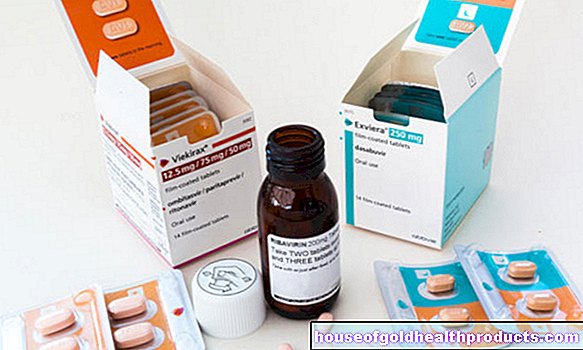








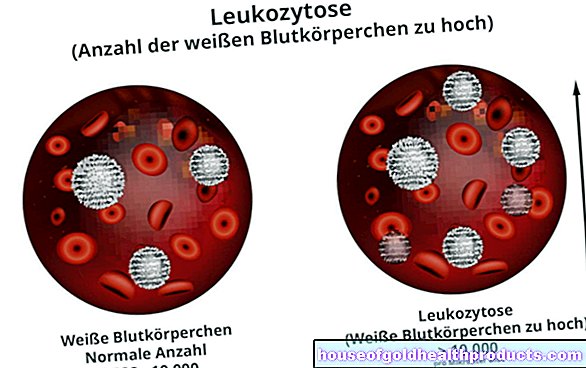



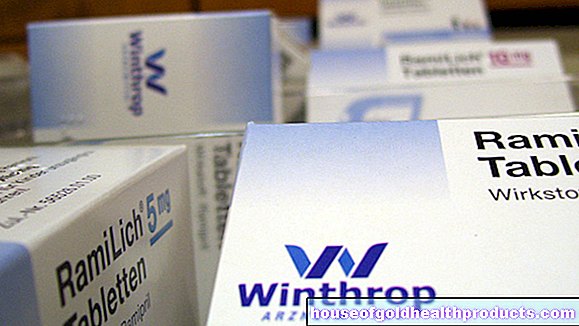
.jpg)


.jpg)
